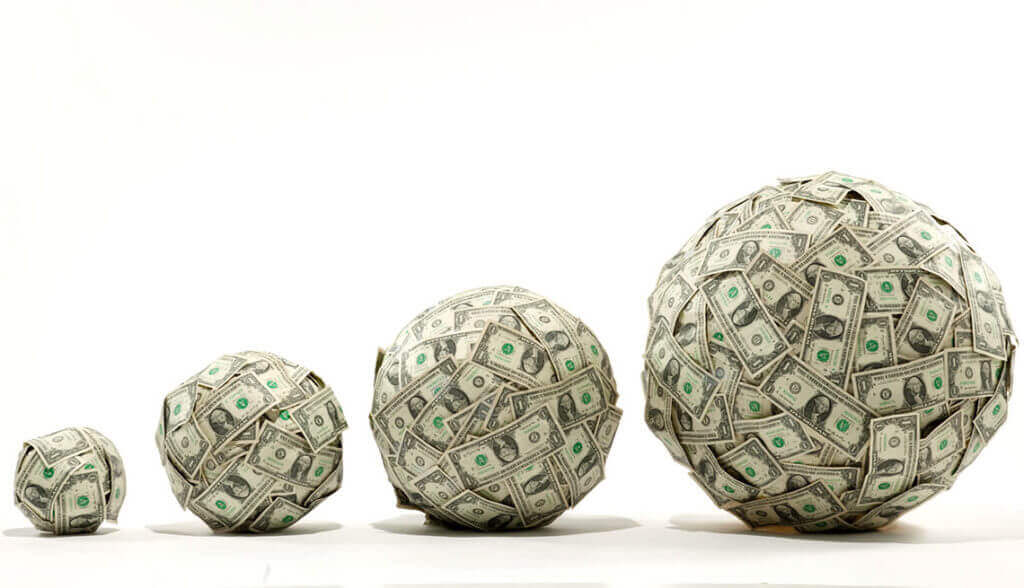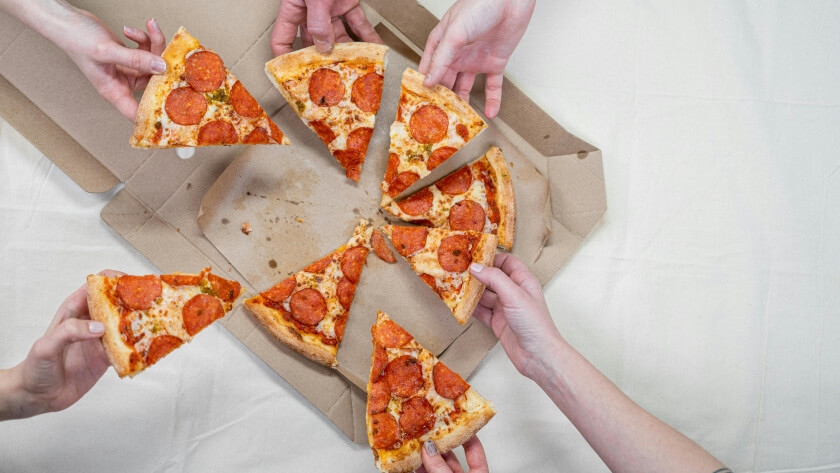
CLV represents the total revenue a hotel can reasonably expect to earn from a guest to understand the long-term value of its customer base. It is calculated by estimating the total profit generated by a customer for the entire duration of their patronage and takes into account how many repeat bookings they’ve made, gross revenue from the customer, and the length of the relationship (churn rate).
NB: This is an article from WebRezPro
Subscribe to our weekly newsletter and stay up to date
Why is calculating CLV useful for hotels? Because it informs financial forecasting, which in turn helps plan strategic business goals. Understanding CLV can also provide insight into where in the customer lifecycle guests fall off, where and when they spend the most, and what marketing or loyalty tactics can be optimized based on that information.
How Do Hotels Measure CLV?
Is your hotel already calculating CLV? If so, you’ll be familiar with this equation:
CLV = Average Stay Value × Purchase Frequency × Customer Lifespan
While there is a basic equation for calculating CLV, there are various factors that make this equation unique to each hotel, such as business model, demographics, region, and data availability.
To find your specific hotel stats, you’ll need to harness the power of centralized data. With a property management system (PMS) like WebRezPro, all the numbers you need are at your fingertips in one place without having to cobble together various reporting tools.
Average Stay Value: Also known as Average Transaction Value, Average Stay Value is calculated from all revenue streams—not only from room bookings, but also from dining, spa, gift shop, etc.
Collect Data: The Product/Services Sales Report within WebRezPro breaks down and totals ancillary revenue, including food and beverage, parking fees, spa services, and pet fees. Combine this report with numbers from your Custom Reservation Report for your desired date range.
Purchase Frequency: For hotels, purchase frequency is simply the average number of bookings a customer makes.
Collect Data: Check out your Custom Reservation Report to see how often guests come back, on average. Filter by repeat guests and get the lowdown on your most valuable crowd. Want to dive even deeper? Use source codes to figure out exactly where these top-notch bookings are coming from—whether it’s a specific OTA or a particular campaign, for example.
Customer Lifespan: This is the duration you anticipate a guest will spend interacting with your hotel. You can derive this from your past records, or if your hotel is relatively new, you can go with an industry standard estimate.
Gather Data: Figure out customer lifespans by noting when a guest initially books a stay until their last interaction with your hotel—whether it’s check-out or post-stay communication. The average time span across all your guest data gives you the mean duration value.




